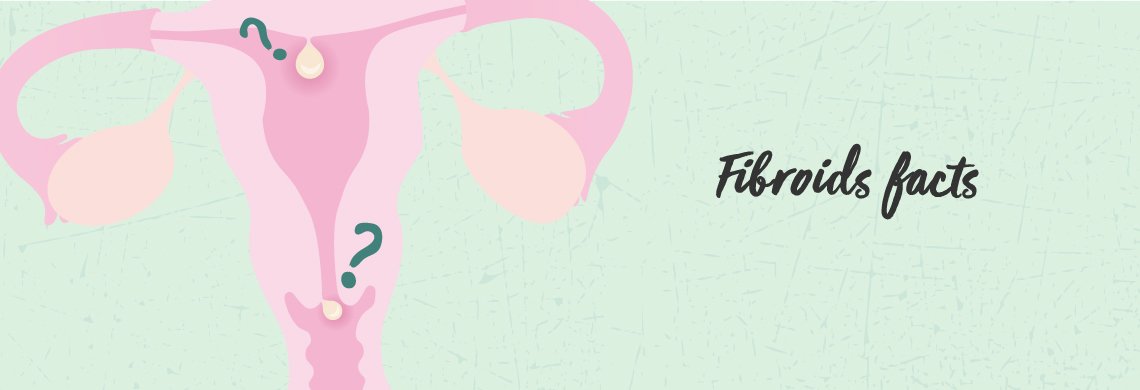
Fibroids: What you need to know
Fibroids affect around 1 in 3 women during their life and are the most common non-cancerous tumours in women of childbearing age[1]Patient Info. Fibroids. Last accesses 2 Aug 17 https://patient.info/doctor/fibroids-pro. Also known as myoma, leiomyoma or fibroma, they are benign cysts occurring in the wall of the womb (uterus). Most women are not aware that they have them as they have no symptoms.
Who get them?
The exact cause of fibroids remains unclear, but hormones are known to play a part. Fibroids most commonly occur in women between the ages of 30-50, of Afro-Caribbean origin and in those who are overweight or obese. If you are extremely overweight, your risk of developing them is three times higher than average. Hereditary also plays a role. If your mother had fibroids, your risk of getting them is three times higher than average. The good news is that the number of children you have decreases the risk of developing fibroids, with more children meaning a lower risk.
What symptoms might be caused by fibroids?
In general, fibroids are not dangerous, but they can cause various symptoms. You may:
- experience various menstrual complaints, e.g. heavy and irregular bleeding as well as painful periods and bleeding between periods;
- experience pain during lovemaking;
- feel pressure on your bladder and/or have difficulty stopping urination;
- experience lower back pain;
- find it harder to get pregnant (a fibroid can stop the fertilised egg embedding in your womb).
What if you have fibroids, but no symptoms?
Do you have a uterine fibroid, but no symptoms? Lucky you! In that case, treatment may not be necessary. However, it is advisable to have the size of the fibroid monitored regularly (approximately every three to six months). If the fibroid becomes too big, it can be removed.
Removing fibroids
Fortunately, fibroids can be removed via a hysteroscopy or embolisation. Hysteroscopy is a minimally invasive procedure that is usually carried out using local or a general anaesthetic on a day surgery basis, so you can go home the same day. The gynaecologist inserts an instrument, which removes the fibroids or polyps, into the uterus via the vagina. It usually takes 10 minutes to remove a fibroid of approximately 3 centimetres. You can usually resume your daily activities the following day. An embolization cauterises or blocks the blood vessels to the fibroid which causes the fibroid to shrink over the next six months. The operation with involve a general anaesthetic, so you will need to spend a night in hospital. Your gynaecologist will provide you with more information about the right treatment for you.




